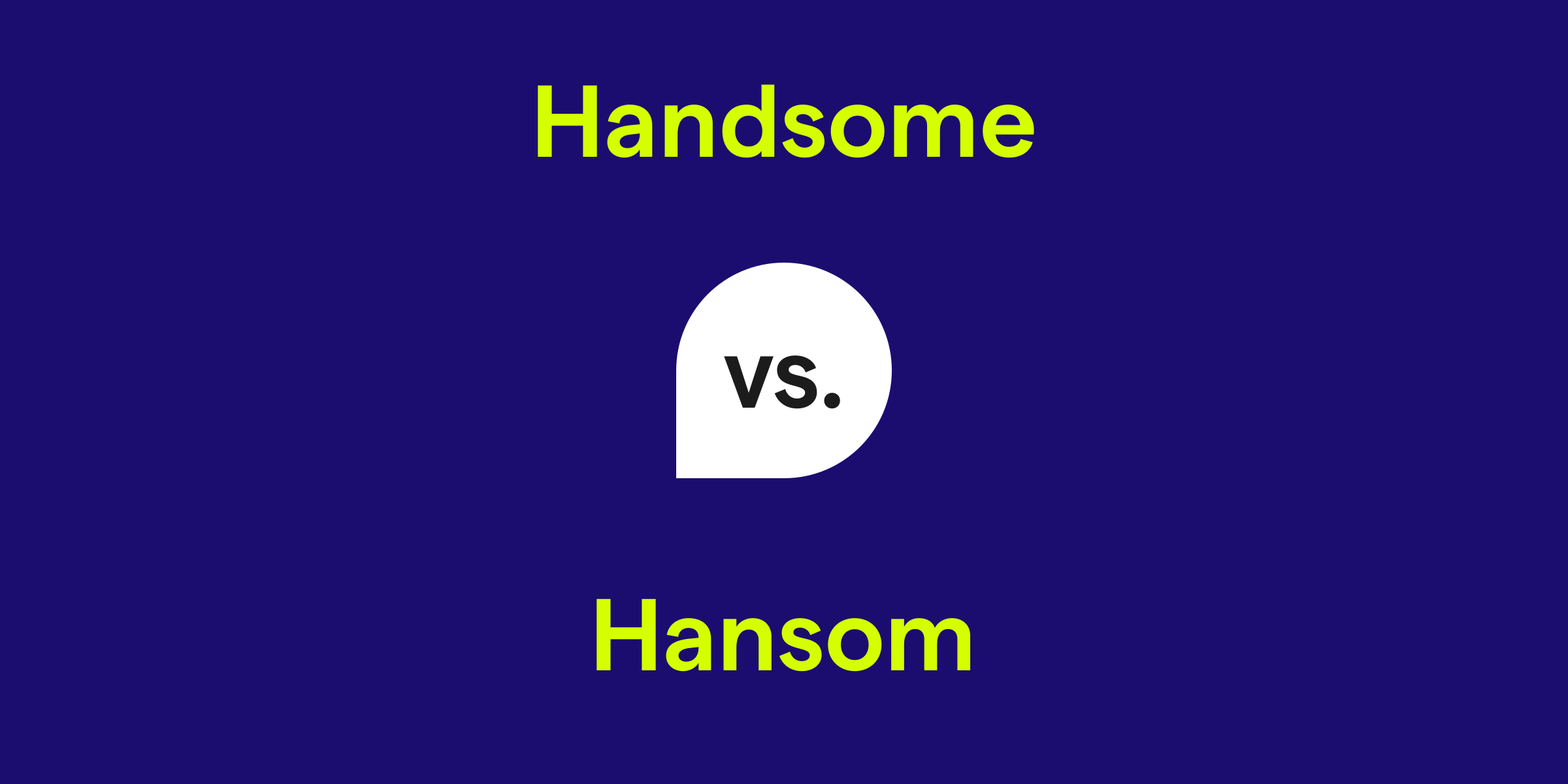Handsome vs. Hansom: What's the Difference?
Understanding the difference between handsome and hansom is essential to avoid confusion. Handsome is an adjective used to describe someone who is good-looking or something that is generously proportioned or impressive. In contrast, hansom refers to a type of horse-drawn carriage popular in the 19th century, designed to carry two passengers and a driver. The primary context of each term is strikingly different, with one pertaining to appearance and the other to historical transportation.

How do you use the word handsome in a sentence?
The word handsome is most commonly used as an adjective to commend the physical attractiveness of a person, especially a man, or to express the pleasing appearance or impressive size of an object or building. It can also suggest a sizable amount or quantity when referring to sums of money or investments.
Examples of handsome in a sentence
- The bride thought her groom looked particularly handsome in his wedding suit.
- They live in a handsome colonial house that's over a century old.
- The investor was pleased with the handsome return on her initial investment.
How do you use the word hansom in a sentence?
Hansom is primarily a historical term describing a two-wheeled horse-drawn carriage. It was a popular form of urban transport in the 1800s and is often mentioned in the context of Victorian literature. Today, you might encounter it in historical writings, museums, or period dramas.
Examples of hansom in a sentence
- The detective arrived at the crime scene in a hansom, drawing curious looks from onlookers.
- Restored hansom cabs are often featured in historical reenactments to give visitors a feel of the past.
- Hansom cabs were once a common sight on the foggy streets of London.
Handsome and hansom definition, parts of speech, and pronunciation
Handsome definition:
Handsome primarily describes a person who is attractive in features and appearance. It can also mean considerable in quantity or amount, or stately and well-proportioned in reference to objects.
Handsome parts of speech:
Handsome pronunciation:
Handsome is pronounced as /ˈhæn.səm/, and there are no significant regional variations.
Hansom definition:
A hansom is a term denoting a two-wheeled horse-drawn carriage capable of seating two passengers inside, with the driver seated behind.
Hansom parts of speech:
Hansom pronunciation:
Hansom is pronounced as /ˈhæn.səm/, identical to handsome but recognized by its distinct context.
Handsome primarily describes a person who is attractive in features and appearance. It can also mean considerable in quantity or amount, or stately and well-proportioned in reference to objects.
Handsome parts of speech:
- Adjective: The actor was known for his handsome features and charming smile.
- Adjective: They offered her a handsome sum to secure her expertise for the project.
Handsome pronunciation:
Handsome is pronounced as /ˈhæn.səm/, and there are no significant regional variations.
Hansom definition:
A hansom is a term denoting a two-wheeled horse-drawn carriage capable of seating two passengers inside, with the driver seated behind.
Hansom parts of speech:
- Noun: The couple rode through Central Park in a hansom, enjoying the scenic beauty.
- Noun: At the museum, there's an exhibit featuring a restored hansom from the Victorian era.
Hansom pronunciation:
Hansom is pronounced as /ˈhæn.səm/, identical to handsome but recognized by its distinct context.
Handsome vs. hansom in a nutshell
In summary, handsome is an adjective describing physical attractiveness or substantiality, used in reference to people, amounts, or objects. Conversely, hansom is a noun referring to a specific type of carriage from the past. Despite their pronunciation being the same, their meanings and uses are distinct and non-interchangeable. Understanding these differences ensures clear communication, especially in written form where context is crucial.
Get AI Writing Assistance Wherever You Type
Make sure your vocabulary is on point and every punctuation mark is in the right place, no matter where you’re working. Grammarly works across more than 1 million websites and apps so you can improve your writing without copying, pasting, or breaking focus.

More Commonly Confused Words
Interest piqued? Pore (not pour) over other commonly confused words to help your writing reach peak (not peek) performance.